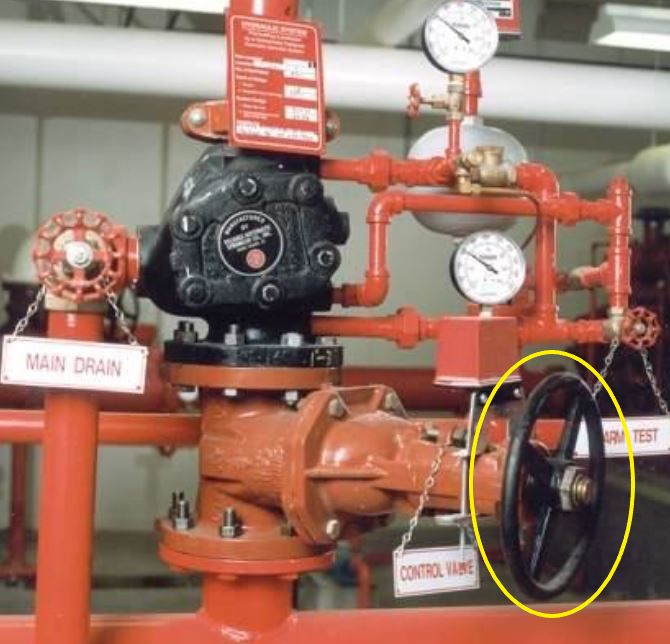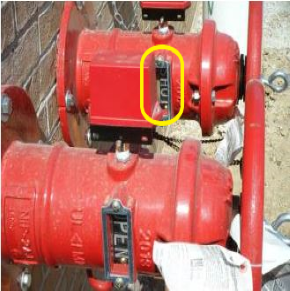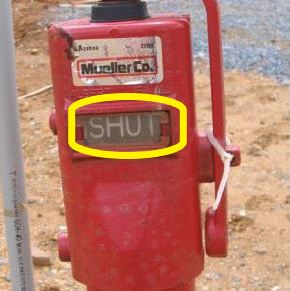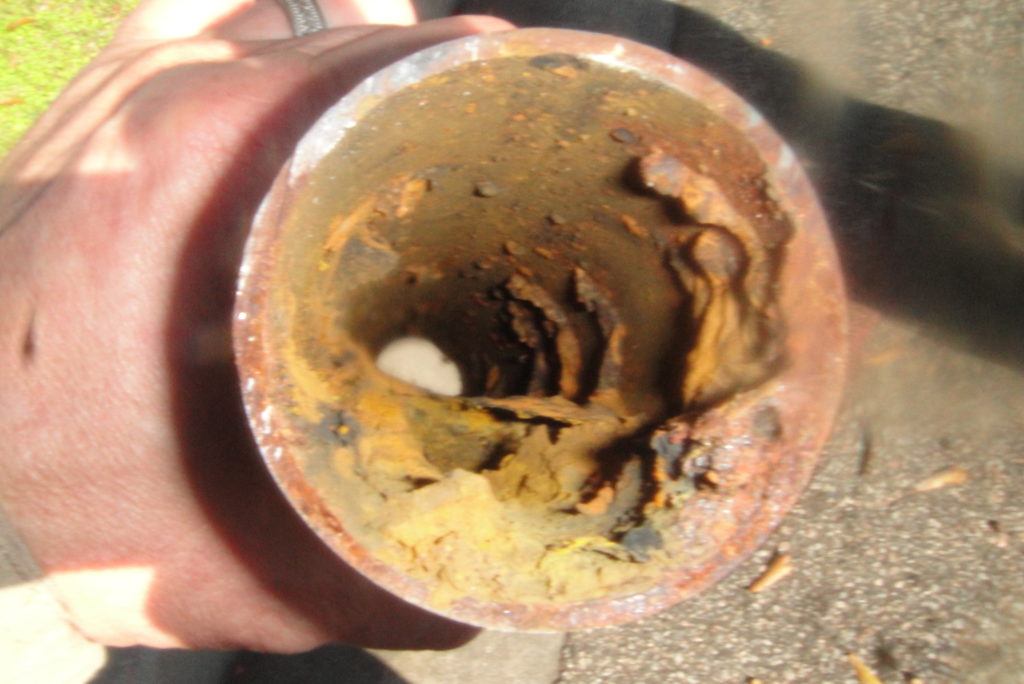After a major fire, it is necessary to investigate the fire sprinkler system to see if and why it malfunctioned. Wet sprinkler systems are the most common and least complex fire sprinkler systems in use. The following are major items addressed in an investigation involving a wet system.
If available, drawings of the supply piping and sprinkler system are helpful. If these are not available, a sketch of the system will be made. Requests will also be made for inspection, testing, and maintenance documentation as well as fire alarm logs.
The top reason that fire sprinkler systems do not function correctly during a fire is that a valve controlling water to the system was closed. If a valve was closed water could not get to the sprinklers. It is important to examine every valve between the water source and the sprinkler system riser, as even one closed valve could prevent sufficient water from getting to the sprinklers. In actual routine examinations I have found many valves closed. I wish I knew how many valves I’ve found closed over 20 years!

Example of a closed “OS&Y” Outside Screw & Yoke valve. If open, there should be about as much threaded stem extending past the hand wheel as the diameter of the pipe.*
- An open and shut wall post indicator valve*
- A shut post indicator valve*
The next most common cause of sprinkler system malfunction is obstruction. Iced or frozen pipes are a frequent cause of obstruction, however corrosion or the presence of foreign matter can also lead to system failures. For this reason, while assessing the route between the supply and the riser, the type of water source will be noted, in particular if it is raw or open water like a pond, river, or an open tank.
The sprinkler riser will be assessed with particular attention paid to all supply valves, trim valves, inspection tags, and the spare sprinkler box. The types, characteristics, and year of manufacture of the sprinklers in the spare sprinkler box will be noted to verify that they match up with the installed sprinklers.
Next the system will be traced out and visually assessed. The investigator will check the system as a whole to look for the following possible issues:
- Was the water flow impeded due to ice in the pipe?
- Is there external corrosion on piping or sprinklers?
- Are there piping obstructions?
- Are the correct type of sprinklers provided and placed correctly?
- Are the sprinklers fused? (Is the temperature-sensitive link or glass bulb broken?)
- Are any sprinklers clogged?
- Was the system design correct for the occupancy? (If storage was moved into an area that was formerly only manufacturing, it could be under-protected, causing unnecessary fire damage)
- Did any system components, such as couplings or hangers, fail? (If a coupling failed, water could have dumped on the floor away from the fire)
The review of inspection, testing and maintenance documents is an important part of the investigation; a thorough review of these documents could illuminate potential issues. NFPA 25 is the most referenced standard for fire sprinkler inspection, testing, and maintenance requirements. The recommended frequency of valve inspections depends on whether they are locked or have tamper switches. Very often these inspections are done by the owner or occupant, if at all.
An annual inspection is not all that’s needed, but it’s usually the most comprehensive inspection and report. Of key interest in an annual report is the section on deficiencies. Were any deficiencies identified that contributed to the alleged failure of the system? Deficiencies of interest could include:
- Missing, painted, or leaking sprinklers
- Improperly closed valves
- Overdue obstruction investigation
It is important to note that the sprinkler inspector is not looking at design adequacy on an annual inspection. If storage was moved into the manufacturing area, the inspector is not looking for whether the system is adequate to control a fire in that new arrangement.
When even the simplest of fire sprinkler systems fails to deliver, there are many important factors to investigate. Wet systems are just one type of fire sprinkler system. Other types including dry, deluge, and pre-action systems have additional, more complex factors to analyze. Stay tuned; these types of systems will be addressed in future articles.
* Image credits: The Connecticut Fire Academy Recruit Firefighter Program, Fire Detection, Protection and Suppression Systems Instructor Reference Materials
Amy Anderson, PE has a Bachelor of Science in Chemical Engineering from Clemson University. Amy has over 20 years of engineering experience including property loss prevention engineering specializing in fire protection, chemical and pharmaceutical facilities. She has partnered with clients to identify, assess, avoid, and reduce risk at their commercial and industrial properties. Additionally, she has assisted with the development of building and fire protection specifications, reviewed plans and performed site visits. She has reviewed project documents for compliance with applicable standards – construction, fire protection, process, and combustible dust hazards. Amy is a member of the National Association of Fire Investigators, the Society of Fire Protection Engineers, the National Fire Protection Association and the American Institute of Chemical Engineers.






